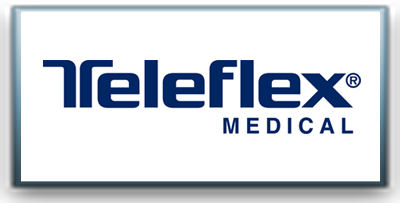The ClearSight System
Simple, dynamic monitoring extended to a
broader patient population
Noninvasive simplicity. Next-generation clarity.
The ClearSight system expands clinician access to advanced hemodynamic parameters without the barriers of complexity or invasiveness
The ClearSight system quickly connects to the patient by wrapping an inflatable cuff around the finger.1 The simplicity of the ClearSight system gives you, noninvasive access to automatic, up-to-the-minute hemodynamic information for a broader patient population, including elderly or obese patients in whom an arterial catheter would not typically be placed.1,9,10 And enables you to make more informed decision regarding volume administration.
| Noninvasive access to key hemodynamic parameters For moderate to high-risk surgery patients who may not typically receive an arterial |
||
 |
line, the ClearSight system offers a simple approach to monitoring key hemodynamic parameters, including:
Valuable hemodynamic insight in moderate to high-risk surgery |
|
Visual clinical support
The EV1000 clinical platform allows clinicians to set specific color target ranges to clearly indicate patient status; and to choose parameters, alarms and targets to align with hemodynamic optimization protocols to meet your precise patient monitoring needs.
| Leverages validated technology The ClearSight system leverages the ccNexfin technology which has been used as the standard for monitoring in space for decades11, ccNexfin noninvasive technology (volume clamp12, Physiocal3) has been validated against gold-standard monitoring technologies. Clinical data demonstrate noninvasive ccNexfin BP technology obtains mean arterial pressure values comparable to invasive monitoring 3,4,5 with the advantage of continuous measurement. |
 |
Several studies have shown the ability of this noninvasive technology to measure not only absolute cardiac output values, but also reliably track real-time changes in continuous cardiac output (CO).6,7,8
The ClearSight system provides valuable hemodynamic insight into an expanded patient population, for making more informed decision about volume administration in moderate to high-risk surgery.





